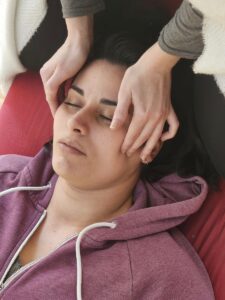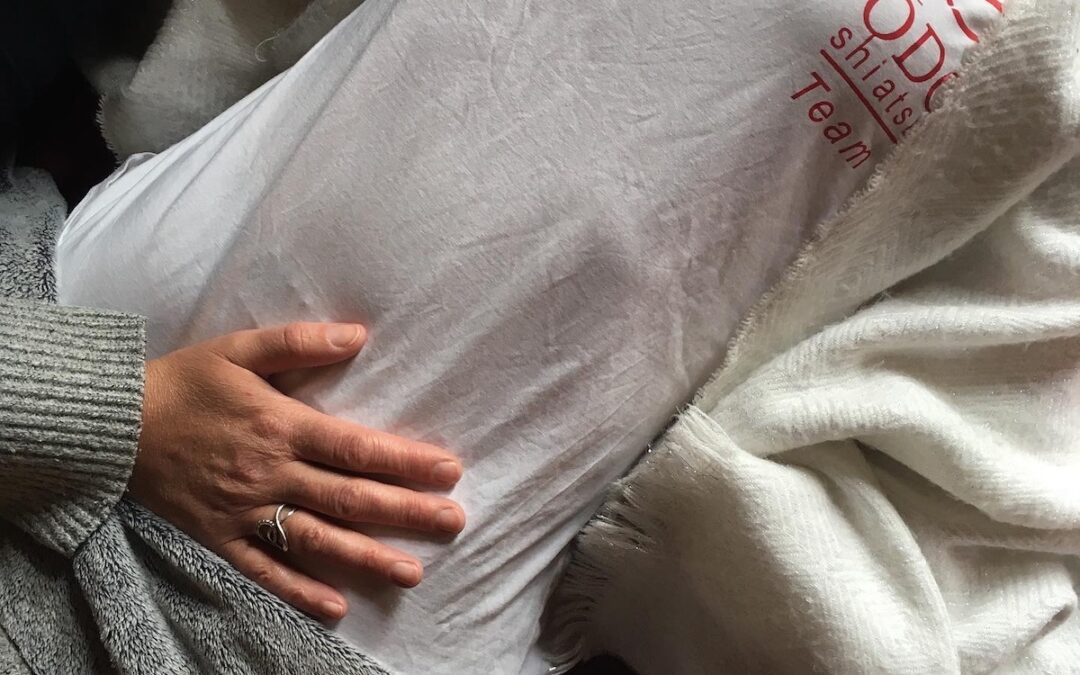Have you ever wondered which is the most important human sense?
The most developed, or the one you can’t do without?
Sight? Hearing? Smell?
What a strange question, you may think. For me, it was central during the Covid-19 pandemic, when touch practices were classified as “non-essential”.
A classification that quickly made me indisposed, wondering if there were any who still knew about the terrible psychology experiments of the ’50s. One that struck me most was that of Professor Harlow, an American psychologist, who took baby monkeys away from their mothers and put them in isolated cages with 2 maternal substitutes. One was made of bare wire, the other covered with a soft cloth. The most striking experiment was the one in which the wire doll dispensed milk, but when frightened, the babies took refuge in the soft cloth one to snuggle up. Alongside the findings on attachment theory, this led to the conclusion that touch is essential for harmonious psycho-emotional development.
In this light, you may be able to recall a whole series of sensations? A feather on your arm, the wind on your face, a hot shower, the texture of a tree trunk, a crunchy cookie in your mouth, etc.
But let’s get back to our sense organs. On closer inspection, the largest sensory organ we have is our skin. This skin, a border membrane, informs the inside of what’s going on outside to help us adapt to our environment. It becomes darker in the sun, wetter in the heat and tighter in the cold. If I think of it as the boundary organ between inside and outside, we can add everything that covers the respiratory tract and the intestinal wall. In short, everything that interacts in the separation and exchange between inside and outside.

When someone around us needs support, a hand on the shoulder makes us feel present. A hug often takes the pressure off. A hand on the arm, a caress on the face or in the hair brings us back to the here and now.
Beyond loving gestures, the sensation of touch brings us back to the essential moment of being. This sensation invites us to return to ourselves, to relax, to become aware of ourselves through our bodies.
For me, shiatsu carries with it this essential element. Beyond the symptoms that can be acted upon, the first thing that counts most is the way a hand touches. Much more than a body, it’s the whole person who is touched through that body. Shiatsu practitioners know this art of the essential: returning to the body-mind and taking care of the moment and the being. There’s no longer any question of the divergence between well-being and therapy: simply returning to the moment and to oneself is a source of letting go in this moment-promise.


Recent Comments